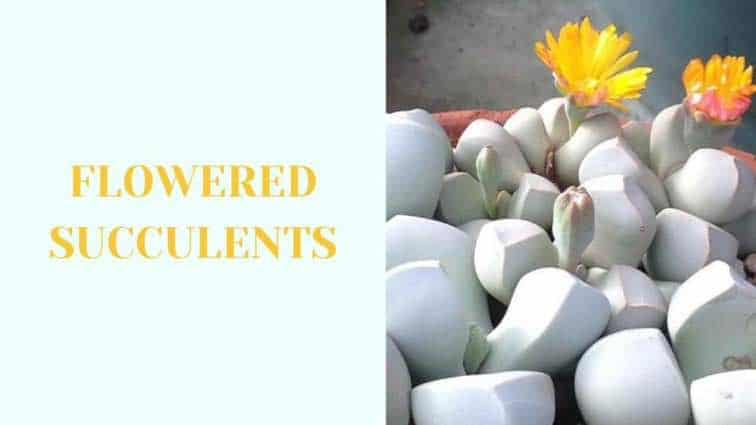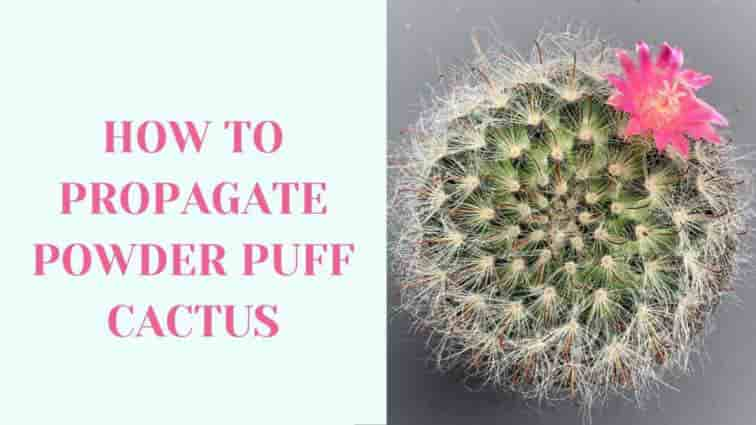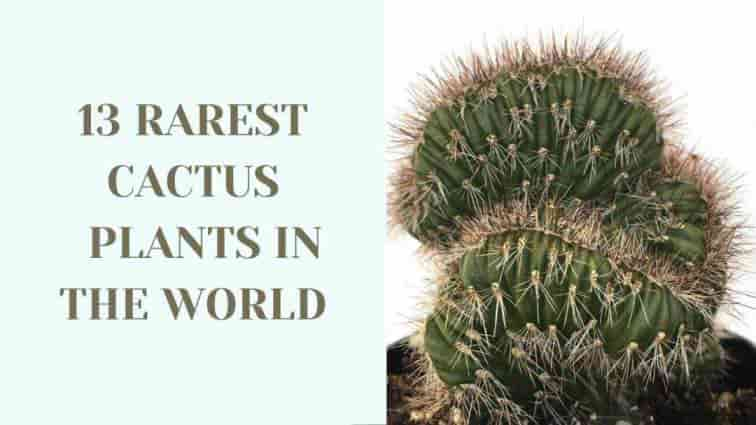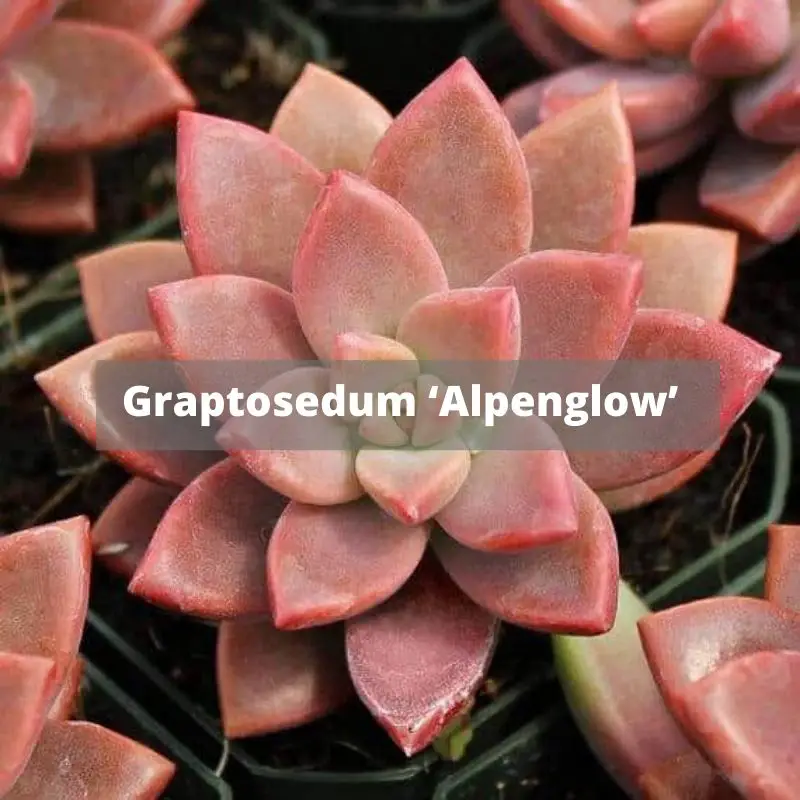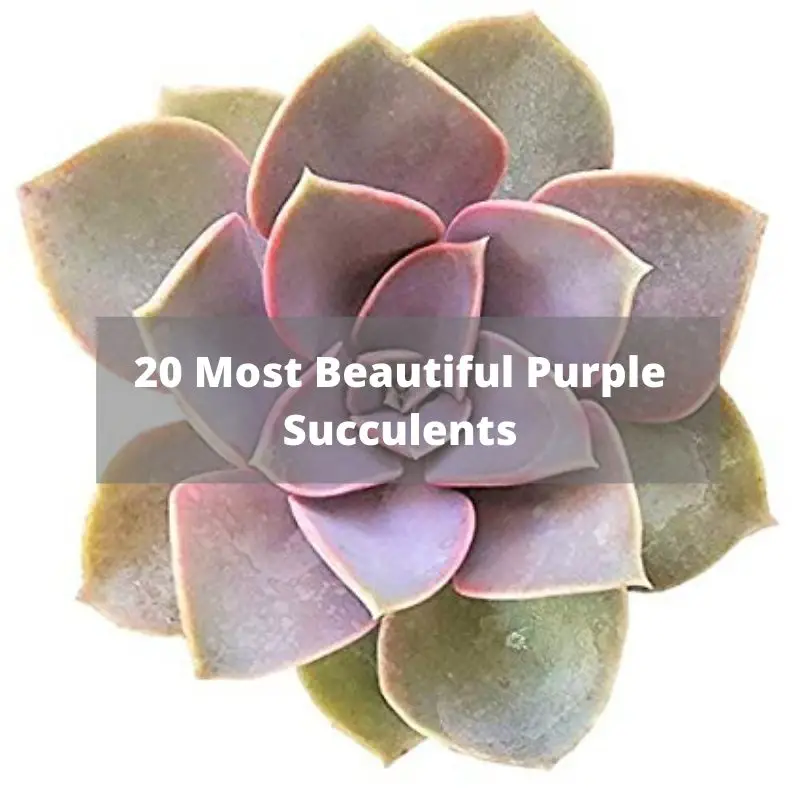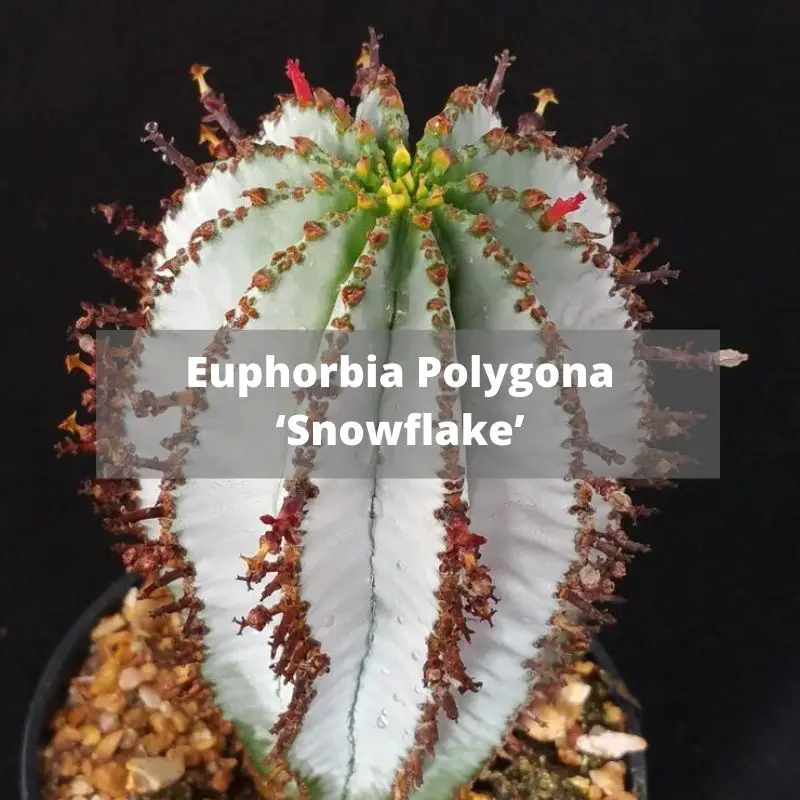The Paddle Plant is one of the most common succulent plants under the Kalanchoe genus, known for its yellow flowers and cylindrical tubes. It is an unusual-looking succulent known for its flat, round leaves and a stalk of about meter tall. This stalk tends to die back after the succulent has flowered, which occurs mostly in autumn and spring. However, the Kalanchoe Thyrsiflora is not common to gardens compared to the Kalanchoe Luciae, but two succulents are often confused and interchanged. This plant is mostly found in grass veld amongst the rocks as opposed to being found in the gardens but can be homegrown in the garden. It forms large, rounded, fleshy, stalkless leaves that are grayish-green in color while covered with a white powdery bloom. When grown at home, the paddle plant adds a bold texture and form to a succulent dish garden.
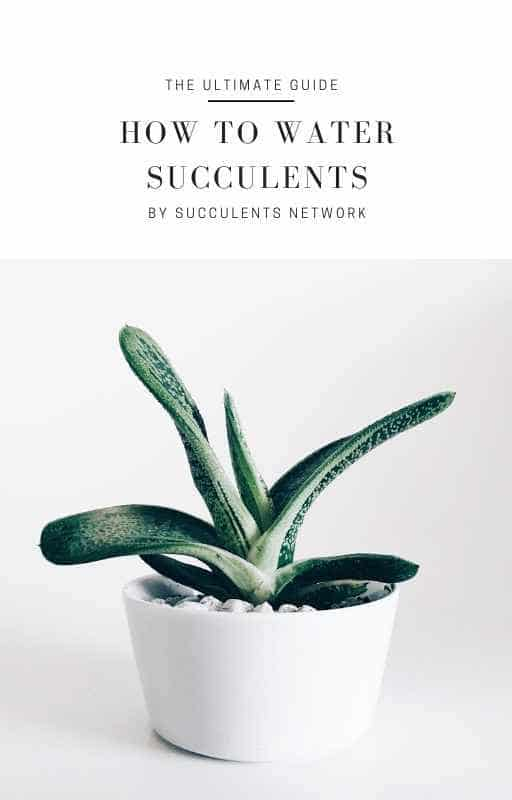
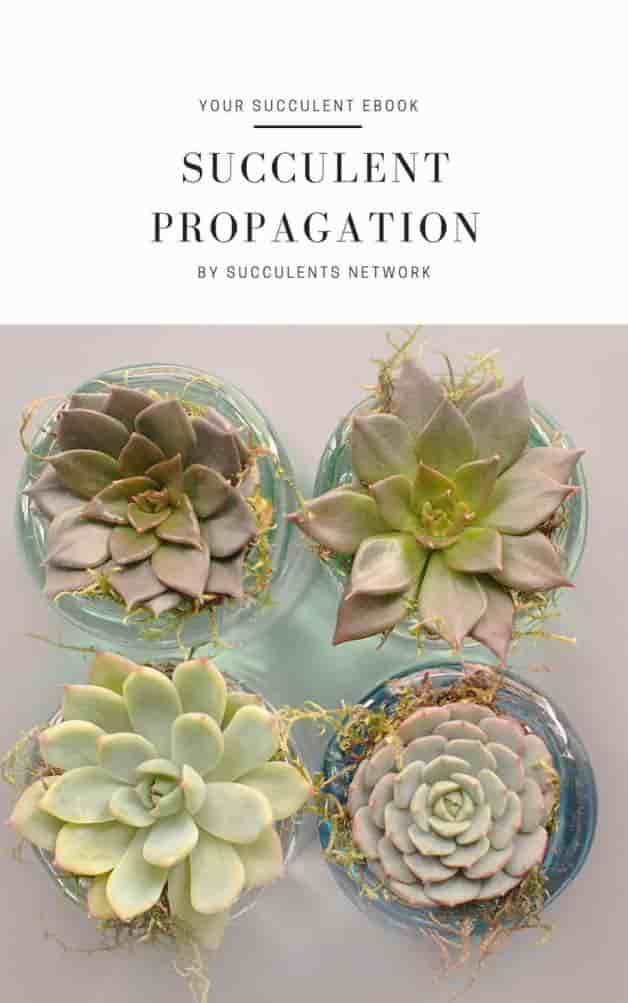
Despite this, the paddle plant is an attractive and colorful succulent from the Kalanchoe family of succulent herbs. The epithet Thyrsiflora refers to the thick cluster of flowers that are seen when the plant matures. The maturity age for the Paddle plant is three to four years, where it attains a height of between 12 to 30 inches while spreading as wide as 18 inches. The mature plants tend to branch. This plant is considered toxic to pets and children and should be kept out of their reach. When handling the plant, ensure you wear gloves and washes up promptly.
This succulent is highly rewarding when grown as a houseplant due to the colorful and long-lasting flowers. These flowers appear from mid-summer to mid-winter and are worth waiting for. The thick, pretty, lemon yellow flowers surrounded by foliage rimmed in red have a strong perfume that will swamp your garden with the scent. These flowers attract bees and butterflies, among other pollinators. After flowering, the monocarpic parent will die but have the potential to germinate after cutting off the dead vegetation and flower stalk.
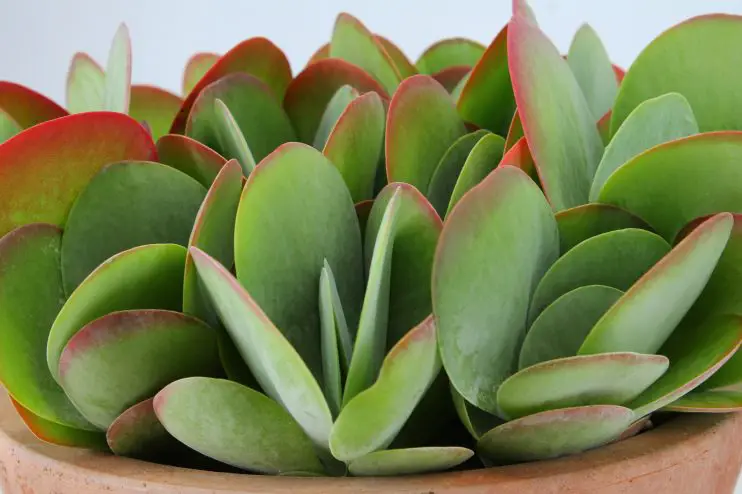
Picture via edencollection
How to Grow the Paddle Plant
The Kalanchoe Thyrsiflora can be grown indoors or outdoors due to their versatility and tolerance of different weathers. However, the best growing season for this plant is in the summer due to the sunny weather as they do not thrive well in cold seasons. Therefore, consider placing the plant in the south-facing window during the winter will help in the germination and growth of the paddle plant. The guidelines for growing the plant include the needed soil, temperature, and water.
The fastest method of growing this plant is by collecting the fine seeds and sowing them. The seeds come from the succulent capsules after they open up. However, the paddle plant can also grow through vegetative propagation when seeds are inaccessible. Propagation for this plant should only be effected in the spring or summer. However, it is easier to propagate from the seeds as opposed to stems when dealing with it due to the easy in germination
The succulent is usually a small plant, which requires constant repotting every few years to sustain its longevity. Its leaves are somewhat brittle and easily snap, thus requiring extra care when repotting to avoid causing damage. The repotting should only be done in spring when the plant becomes crowded using a slightly larger container. This is because the paddle plant grows best when its roots are snug in the pot
The Kalanchoe Thyrsiflora can survive well when placed in a clay pot and ensuring they drain well to avoid causing damping. An ordinary potting soil mix is required when growing the plant because it contains the needed nutrients for growth. The plant prefers a soil that is slightly acidic with an average pH value of 6.5
Furthermore, this plant should be watered deeply during the growing season, with the amount of water reduced when the plant has matured and during the winter. When kept as a houseplant, ensure you provide plenty of indirect sunlight or bright light since the succulent grows well with the light. A cool sunny setting with sparing water can work during.
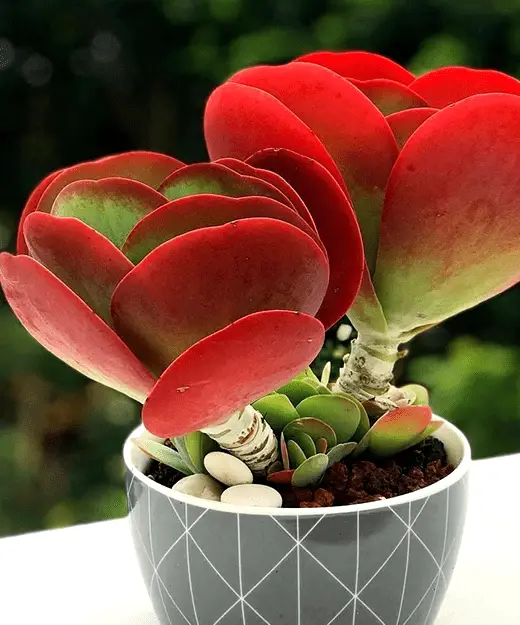
Picture via ythera
Care and Maintenance of Kalanchoe Thyrsiflora
This plant requires minimum care and maintenance, though there is a need for cautious, especially when providing light and temperature. This is because a string light can burn the leaves tips. This paddle plant requires little to no grooming, and only simple pruning or the dead and withered leaves required.
Like most succulents, the plant grows best in bright light, including some direct sunlight. Therefore, it will help move it to the sun during the summer and to bring it back after temperatures drop. Also, ensure you turn the pot every week to expose the flower to all sides of the sunlight and prevent stems from getting leggy. However, care should be taken to avoid burning the leaves when exposed to direct sunlight. Ensure you measure the amount of direct sunlight it receives, especially during the summer, by occasionally moving it indoors. At the same time, place the pots in partial sun to light shade areas when growing the plant during the summer.
Furthermore, care and maintenance for the Kalanchoe Thyrsiflora entail keeping it on the dry side and avoiding any form of dampness. This succulent grows best in average room conditions, but will not thrive in soggy soils. In this regard, the pot should have perfect drainage holes with the use of sandy medium soil, such as the cactus potting mix, for better drainage. If there is no cactus potting mix, you can mix two parts potting mix with 1 part horticultural sand when planting.
Furthermore, this plant will require moderate watering and allowing the soil to dry between the watering periods. The Paddle plant requires moderate water throughout summer and a reduction in water during the winter season. When watering, ensure the soil surface has dried out well before embarking on the next watering session. The leaves often show signs of water distress and an indication of when to water the succulent next. This plant has a medium water requirement and is fairly drought tolerant, which means overwatering can affect its growth.
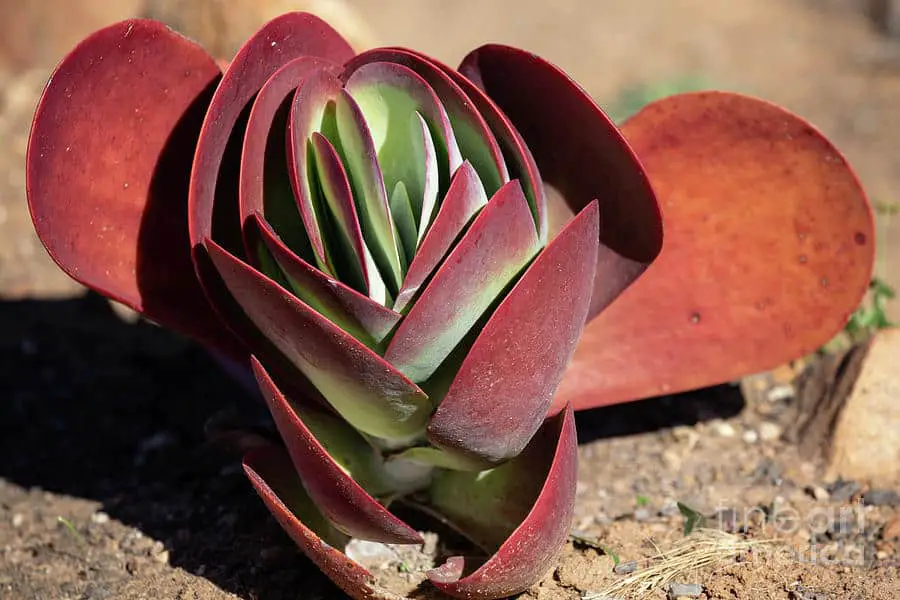
Picture via fineartamerica
The Paddle Plant prefers warmth and thrives well in a room with average temperatures. Average room humidity is required when grown indoors with an average temperature of 20 degrees Celsius. At the same time, this plant should be fed bi-weekly in the summer with liquid fertilizer or use of slow-release pellets to enhance their growth. The fertilizer required for the Kalanchoe Thyrsiflora is any cactus or succulent fertilizer. All Kalanchoes respond well to the organic fertilizers as well as the commercial synthetic fertilizers when they are applied during the growing season. However, do not fertilize during the fall and winter, or it could cause root rot and pests.

